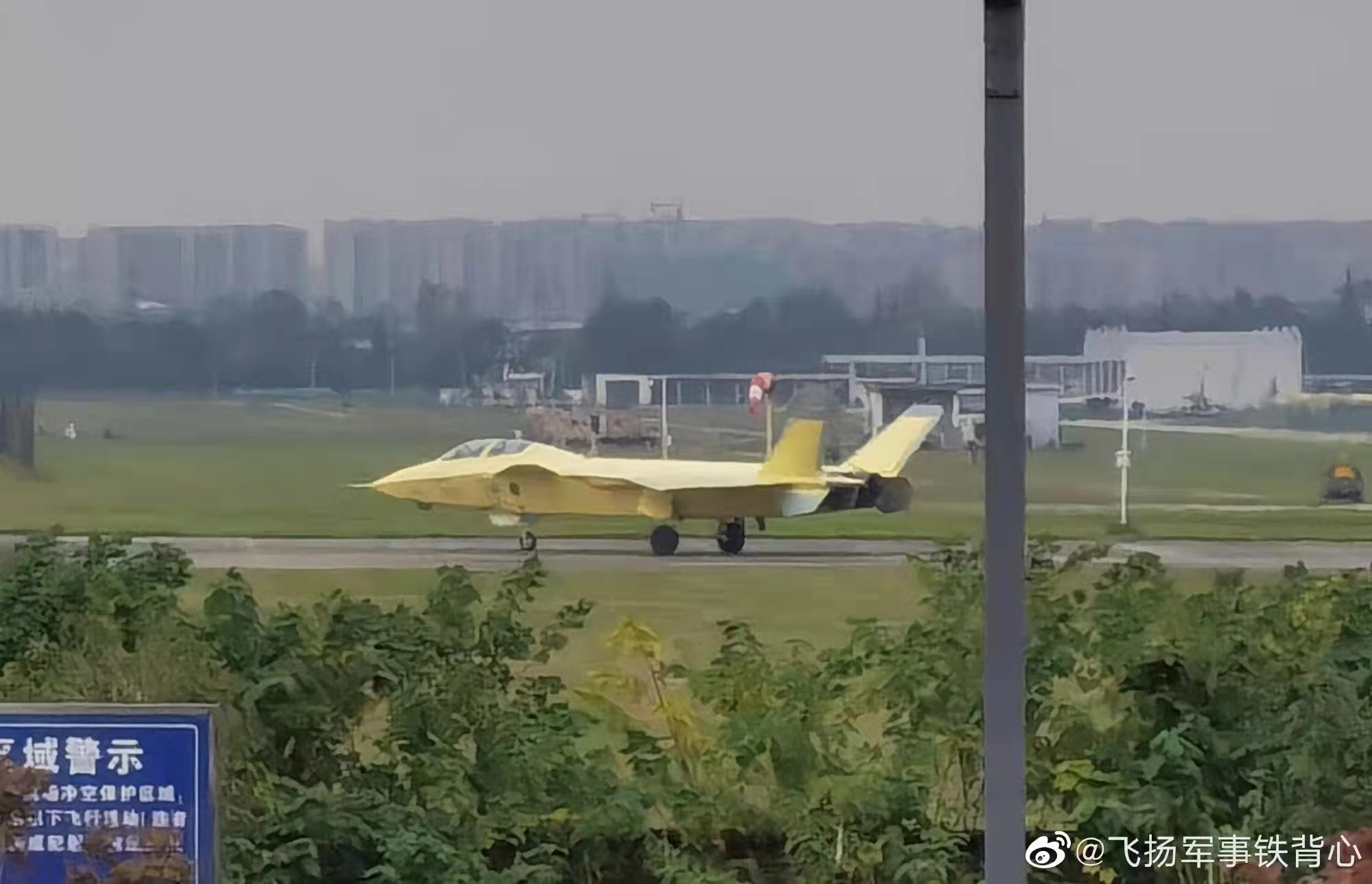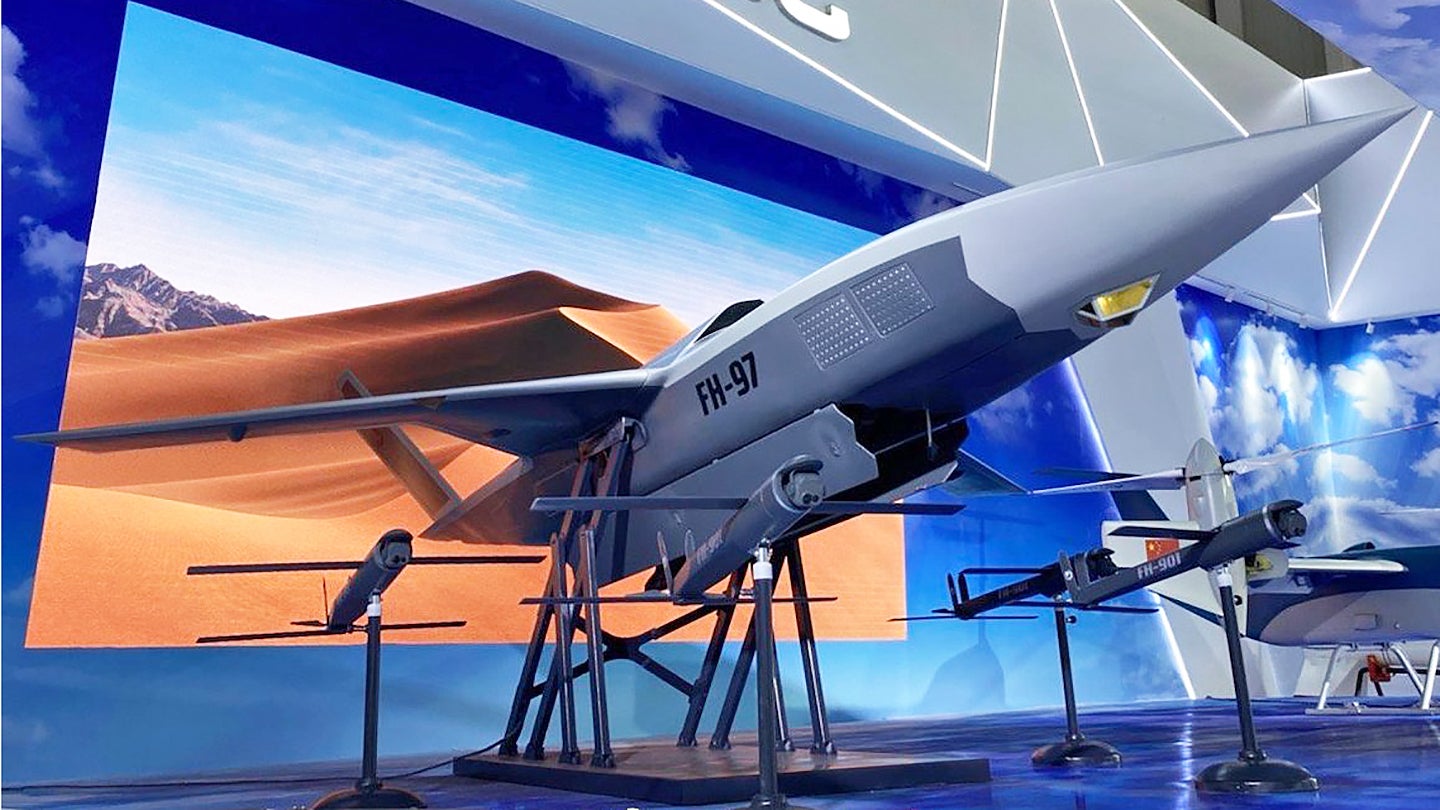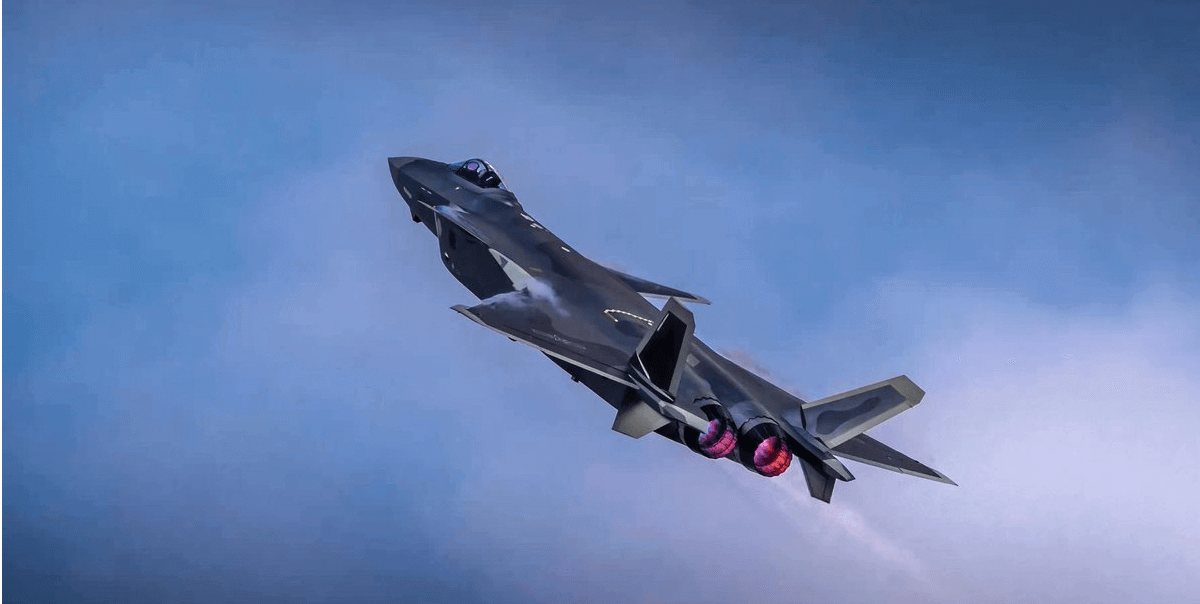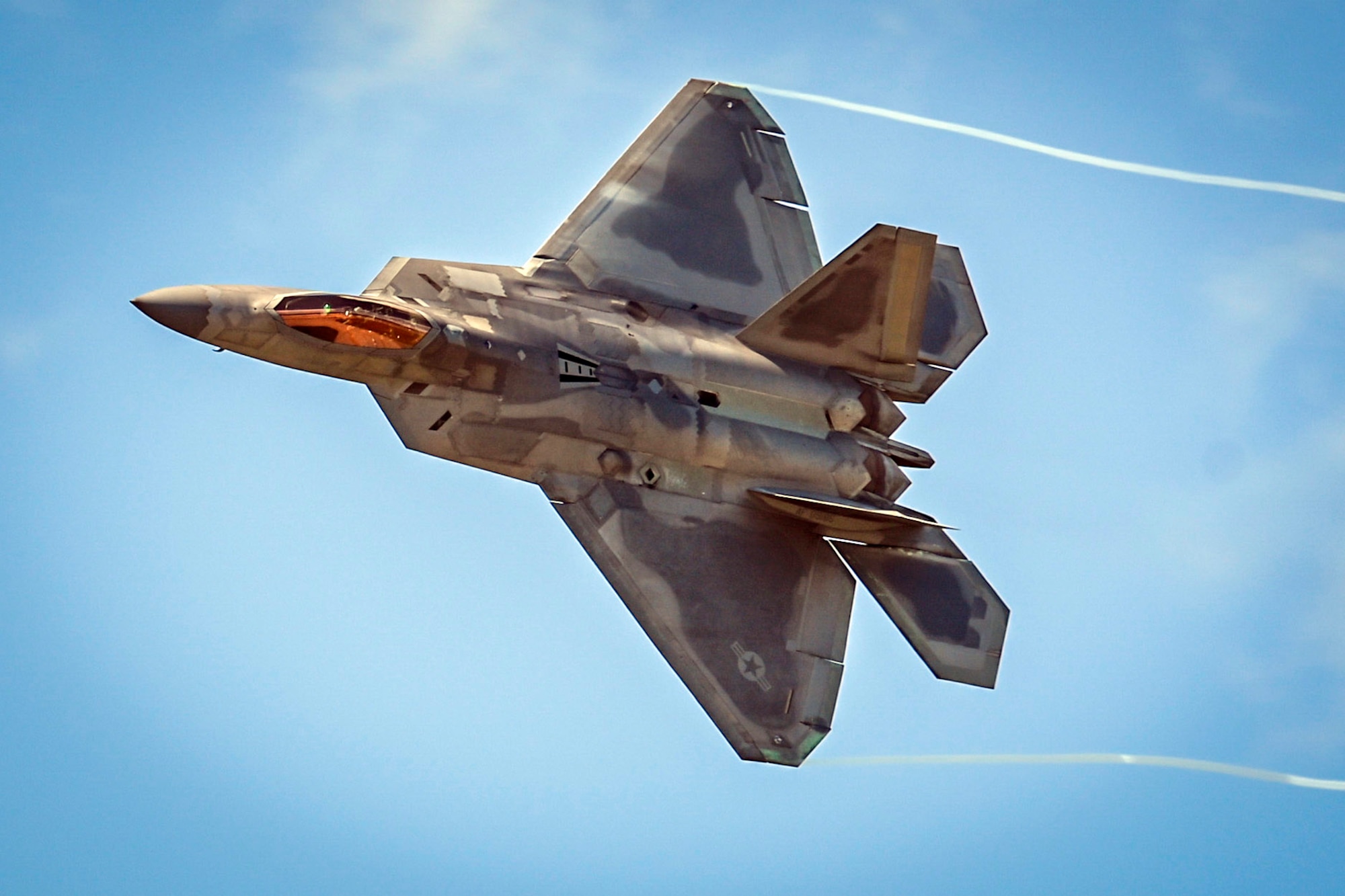Focused on what appears to be an air combat of the future, the Chinese People’s Liberation Army (PLA) is exploring manned-unmanned teaming of aerial platforms besides upgrading its J-20 Mighty Dragon stealth fighter jet, according to the latest Pentagon report on China’s military power.
The US has frequently asserted that the Chinese J-20, a relatively younger fifth-generation aircraft, was developed by China as an answer to the US Air Force’s (USAF) F-22 Raptor.
The Pentagon has said in multiple reports published earlier that the PLA is constantly carrying out new upgrades on its aircraft to close the technology gap that has traditionally existed between the J-20 and F-22.
Published last week, the “Annual Report to Congress: Military and Security Developments Involving the People’s Republic of China” says that the PLAAF “is preparing upgrades for the J-20, which may include increasing the number of air-to-air missiles (AAM) the fighter can carry in its low-observable configuration, installing thrust-vectoring engine nozzles, and adding supercruise capability by installing higher-thrust indigenous WS-15 engines.”
The report notes, “The PLAAF and PLAN Aviation continue to field greater numbers of fourth-generation aircraft (now more than 1,300 of 1,900 total fighters, not including trainers) and probably will become a majority fourth-generation force within the next several years.”
The keenly awaited report that strives to estimate China’s burgeoning military power highlights that with over 3,150 total aircraft, excluding the trainer variants or UASs, of which about 2,400 are combat aircraft (including fighters, strategic bombers, tactical bombers, multi-mission tactical, and attack aircraft).
The People’s Liberation Army Air Force (PLAAF) and PLAN Aviation make up the region’s most significant aviation forces and the third largest in the world. “The PLAAF’s role is to serve as a comprehensive strategic air force capable of long-range airpower projection.”
The Pentagon report then details the various military aircraft, including bombers and transport planes, that have changed the face of the Chinese AirPower. However, despite the report’s relatively brief note on the J-20 Mighty Dragon, the assessment of the aircraft stands out.
EurAsian Times examines the Pentagon’s assessment of the J-20.
J-20 Is Towering Over The US F-22 Raptor, It Seems!
About a brand-new J-20 Mighty Dragon entering service, the report says, “For fifth-generation fighters, the PLAAF has operationally fielded its new J-20 fifth-generation stealth fighter, and PRC social media revealed a new 2-seat variant of the J-20 in October 2021.”

The two-seat variant of the J-20 makes the aircraft the first-ever fifth-generation fighter jet in the world to have a two-seat variant. As reported by EurAsian Times, the maiden flight of the two-seat variant occurred sometime in November 2021.
Earlier, some Chinese military officials told state-owned Global Times that the collection, distribution, and processing of information by J-20 aircraft would be executed flawlessly with two pilots.
However, with manned-unmanned teaming gathering steam, military analysts surmise that this new variant is under consideration for potential use for the control of unmanned aircraft.
Manned-unmanned teaming between fighter jets piloted by humans and remotely piloted autonomous aircraft has gained traction in China, as in the United States. As Yang Wei, the aircraft’s chief designer, has already said, the purpose of building such a twin-seat J-20 is not to treat it simply as a trainer. Its significant role then will almost certainly be coordinating with drones.
Long-standing speculation suggests that “wingman” drones could be piloted from this fighter’s second seat. In theory, manned-unmanned teaming between a twin-seat J-20 and drones would be for coordinated reconnaissance, striking, and command missions.

The drone swarm can augment the fighter’s firepower even if it only has four to six ground-strike weaponry because each drone can carry four to ten precision-guided missiles. It also mentions that a J-20 equipped with a drone swarm might perform early-warning missions and battlefield surveillance.
China announced the concept for a long-range, multi-weapon, swarm- and electronic-warfare-capable FH-97 loyal wingman drone in September of last year. It was said that the concept’s objective and appearance were comparable to those of the US-made Kratos (KTOS.O) XQ-58A Valkyrie.
Perhaps even more enthusiastic than the Chinese, the United States remains fully committed to its manned-unmanned teaming idea on a war footing.
The second assertion made by the Pentagon report is that of the upgraded engines now powering the J-20 beasts. The report underlines how the PLAAF has focused on upgrading the machines, adding more thrust to the stealth aircraft.
However, these assertions align with previous reports that revealed that China was testing J-20s outfitted with a brand-new and more advanced WS-15 engine. The aircraft reportedly flew with two domestically made WS-15s in July this year.
Concerning the new J-20+WS-15 image I don't know what to think right now🤔
I'm surprised that after years of waiting, the reaction on this finally clearer image is surprisingly rather low.So what do you think?
1/4 pic.twitter.com/C6Me7UE0Qz
— @Rupprecht_A (@RupprechtDeino) April 6, 2023
The new engine, which replaces the outdated WS-10C, is supposed to provide the J-20 with increased thrust, speed, and range. It will also enable supersonic flight without fuel-guzzling afterburners, which military experts have warned might bring American bases in Guam, Japan, and South Korea within the J-20’s firing range.
The Pentagon report also categorically mentions that the J-20 is likely being upgraded to carry more air-to-air missiles.
The carriage upgrade in stealth mode would give the J-20 a distinct advantage over the F-22 since the J-20 can already launch several missiles equivalent to the F-22. This is especially true since the J-20 can carry the PL-15, China’s version of the AIM-120 Advanced Medium Range Air-to-Air Missile, comparable to the US version, notes Air and Space Forces magazine.

Although the PL-15’s range is uncertain and the current AMRAAM version’s range is unknown, top USAF officials have stated that the PL-15’s capacity is greater than the AMRAAM’s, potentially providing the Chinese stealth aircraft with a first-look/first-shot advantage over the American fighter.
The United States has the intention to slow down and lose. Since 2017, the Air Force has been working on the highly classified AIM-260 Joint Advanced Tactical Missile (JATM), which Lockheed Martin manufactures.
Air Force munitions leaders stated the weapon would be operational in 2022 when it was first unveiled at an industry conference in 2019. However, there has been no update on the status of the missile yet.
The Pentagon report also seeks to conjoin the PLA Air Force and PLA Navy aviation capabilities. However, without going into much depth, it says, “Development continues on the smaller FC-31/J-31 for export or as a future naval fighter for the PLAN’s next class of aircraft carriers.”
As reported by EurAsian Times, China is believed to have tested its first fifth-generation carrier-based aircraft, FC-31, in late 2021. Although J-31’s early iterations appeared to be almost exact replicas of the F-35, more current images reveal a more elongated overall design and larger tail surfaces, which may be more reminiscent of the F-22. The J-31 has two engines, in contrast to the F-35.
The FC-31 differs somewhat from the more significant and potentially better Chengdu J-20. PLAN’s Type 003 aircraft carrier is a good conceptual fit for the newest stealth fighter.

The Types J-20 and FC-31/J-31 are categorized as the fifth generation of all the warplanes in the Chinese inventory. This brings us to the mammoth jump in the production of J-20s. Several years ago, on December 22, 2010, the first J-20 prototype was officially unveiled, with production being significantly ramped up.
Previous reports indicated that China’s inventory of J-20A stealth fighters is expected to surpass the US Air Force’s F-22 Raptor this year, allowing Beijing to outperform Washington in stealth fighter production.
Beijing is reportedly using state-of-the-art pulsing production lines to speed up the delivery of its J-20 Mighty Dragon stealth aircraft fighters. So, while the number of stealth aircraft that China could churn out and deploy has already remained a talking point among US officials and experts, the addition in capability could further send alarm bells ringing as tensions continue to rise and an armed conflict over Taiwan is never off the table.
- Contact the author at sakshi.tiwari9555(at)gmail.com
- Follow EurAsian Times on Google News




